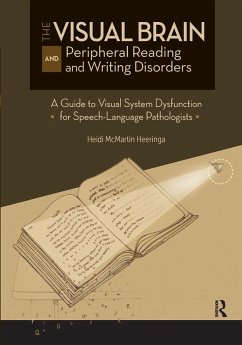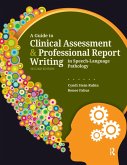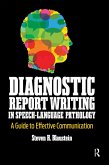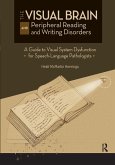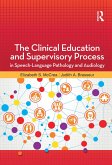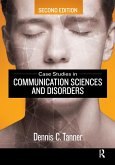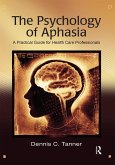This text brings together findings from the neuropsychological, neurooptometric, neurolinguistic, occupational therapy, and speech-language pathology literature on acquired visual system impairment from the past 20+ years, and the ways visual system dysfunction impacts reading, writing, and cognition.
Chapters Include:
- Review of structural elements of the eye, the cortical and subcortical structures of the visual brain, and the motor and sensory components of normal vision
- The distinct functions of the three primary visual pathways (central, peripheral and retinotectal) and how they relate to reading and writing
- Review of five formal tests of reading and writing that are designed or may be adapted to assess peripheral reading and writing disorders
- And much more!
A few of the features inside:
- Figures illustrating the various components of the visual brain that are engaged when we read and write
- Information on visual system deficits in left hemisphere lesions with and without aphasia
- Detailed descriptions of peripheral reading disorders and associated error patterns
- Diagnostic criteria for three different types of neglect (viewer-centered, stimulus-centered, object-centered)
- Description of treatment materials and methods suited to clients with acquired dyslexia due to visual system dysfunction
The Visual Brain and Peripheral Reading and Writing Disorders explains the heterogenous nature of peripheral reading and writing disorders, describes the association between visual motor and sensory dysfunction and the acquired dyslexias, and provides the speech-language pathologist with specific guidelines regarding the assessment and treatment of reading and writing disorders associated with visual system dysfunction.
Dieser Download kann aus rechtlichen Gründen nur mit Rechnungsadresse in A, B, BG, CY, CZ, D, DK, EW, E, FIN, F, GR, HR, H, IRL, I, LT, L, LR, M, NL, PL, P, R, S, SLO, SK ausgeliefert werden.

